OF THE
TIMES
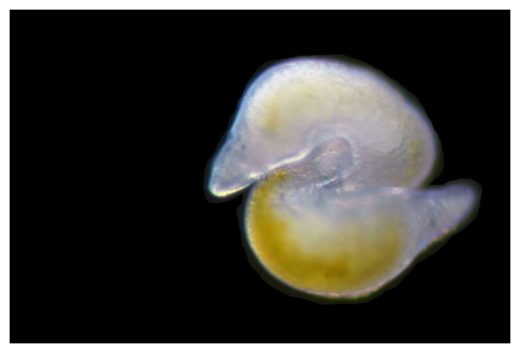
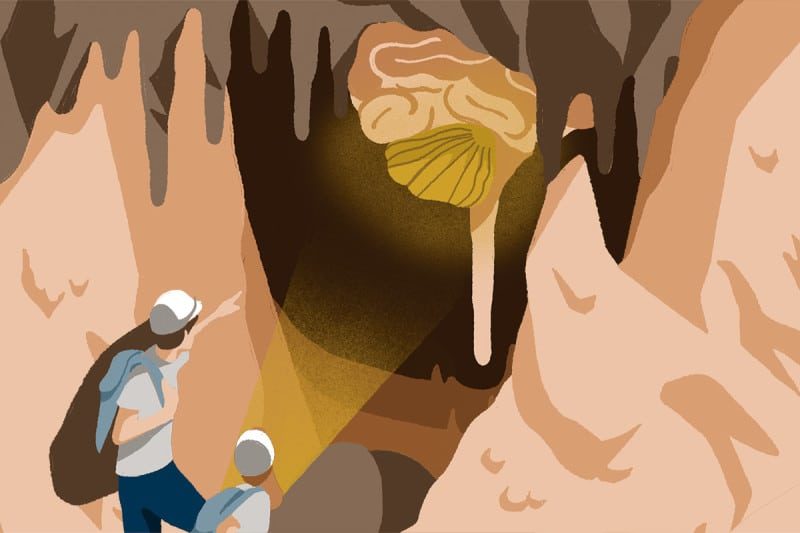
RNA modifications can encrypt the RNA code and are responsible for a very sophisticated control of RNA function. A Danish-German research team has shown that modified RNA bases have a great impact on the dynamics of gene expression from DNA to functional RNA. The study yields important new insight into how the basis of RNA modifications can affect the function of mature RNA molecules. [Emphasis added.]Programmers know all about cryptology, a form of intelligent design. Encryption is necessary when you want to conceal information from people who shouldn't have access to it.
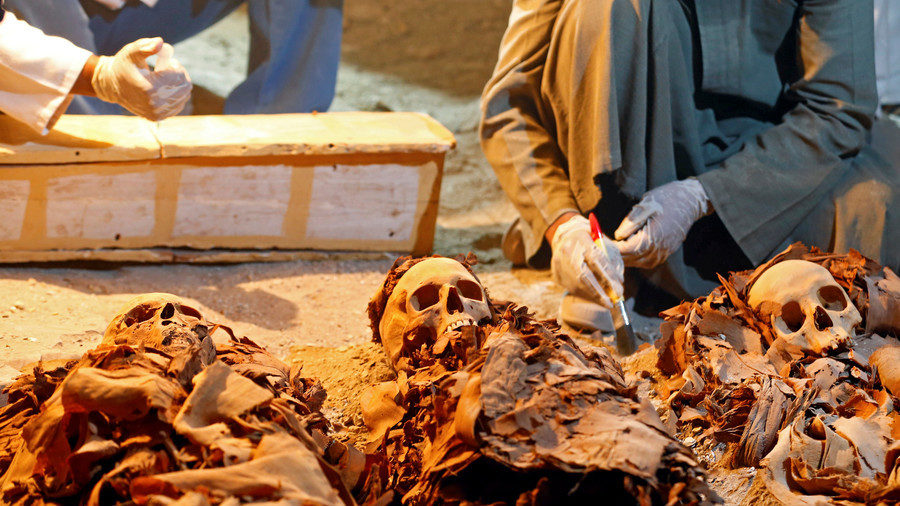
L.A.'s hottest day ever
How hot was it? The National Weather Service's thermometer downtown reached 113 degrees for the first time since records began being kept in 1877 - and then stopped working. The record highs follow a summer of record lows.
September 27, 2010 | By Bob Pool and Rong-Gong Lin II, Los Angeles Times
It was so hot Monday that it broke the all-time record - and the weatherman's thermometer.
The National Weather Service's thermometer for downtown Los Angeles headed into uncharted territory at 12:15 p.m. Monday, reaching 113 degrees for the first time since records began being kept in 1877.
Shortly after that banner moment, the temperature dipped back to 111, and then climbed back to 112. Then at 1 p.m., the thermometer stopped working.The weather service office in Oxnard rushed an electronics technician 60 miles southeast to the USC campus to repair the thermometer, which is actually a highly sensitive wire connected to electronic equipment. Because of the snafu, officials said it's possible Monday's temperature actually was hotter than 113 - but they might never know.
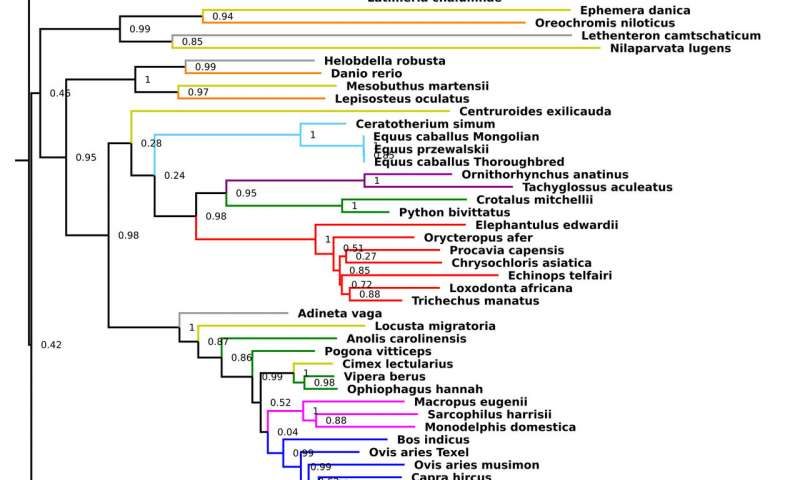
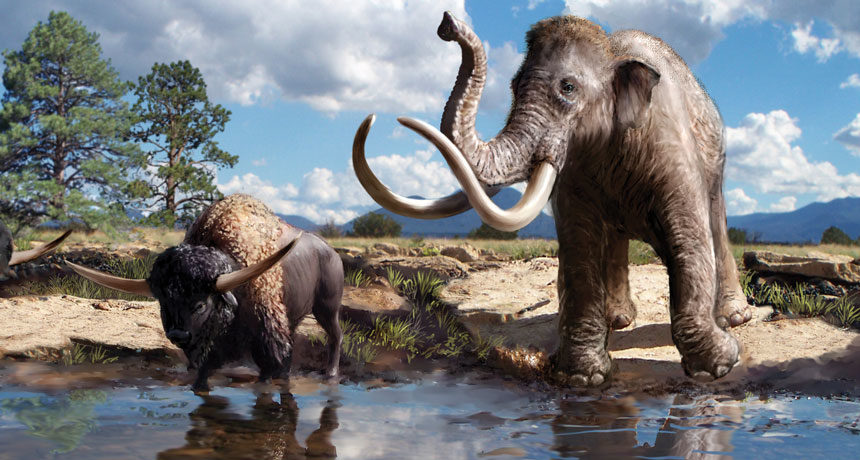
Comment: It has been argued that global warming 'records' have been distorted by the choice of mostly urban locations for weather stations, giving the wrong impression that the whole globe is getting warm, as there are more heat sources in cities and asphalt retains heat. The above seems to confirm this argument.
Then there's this:
Global warming fraud: NOAA shows record warming where NO temperature stations exist
Still, California has been hot in the last few days:
Heat wave scorches US Midwest and East, wildfire warnings for Colorado and California